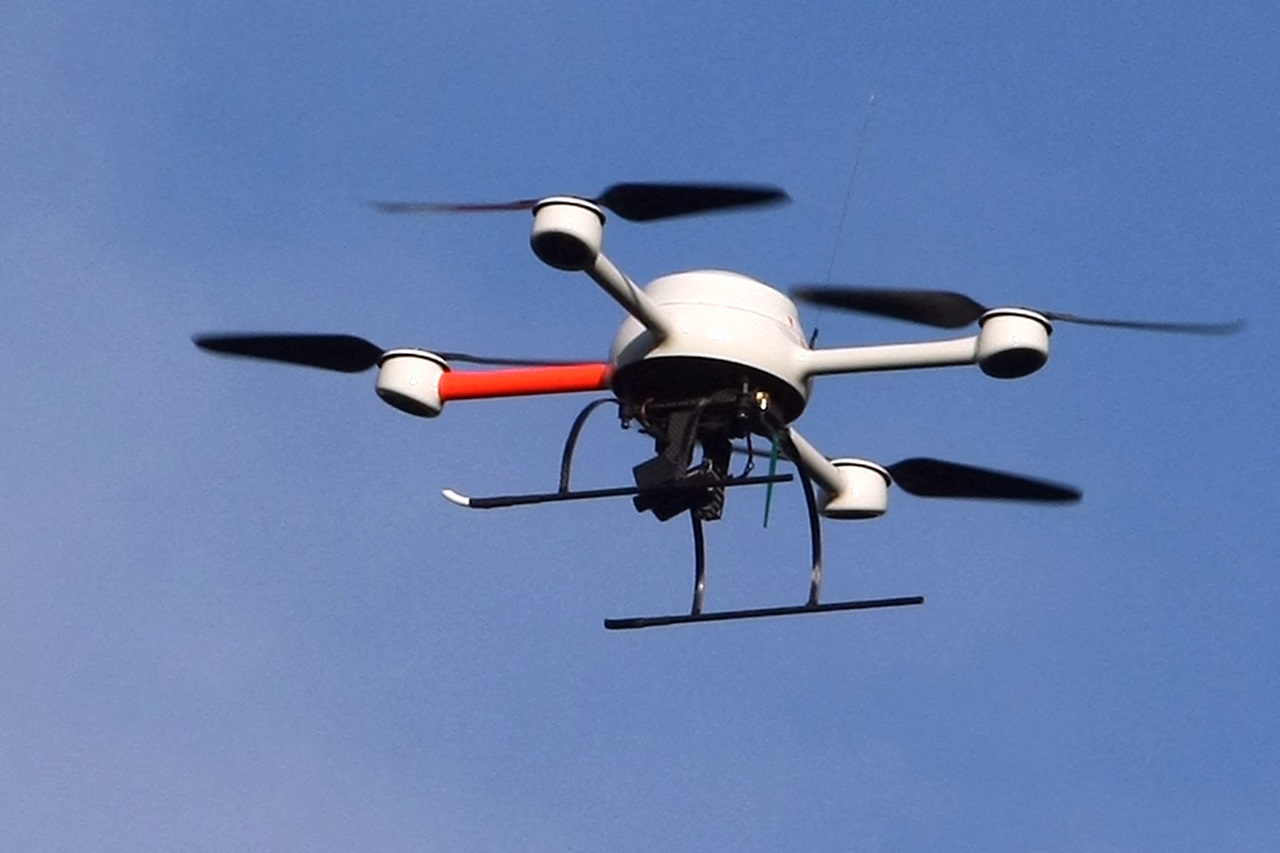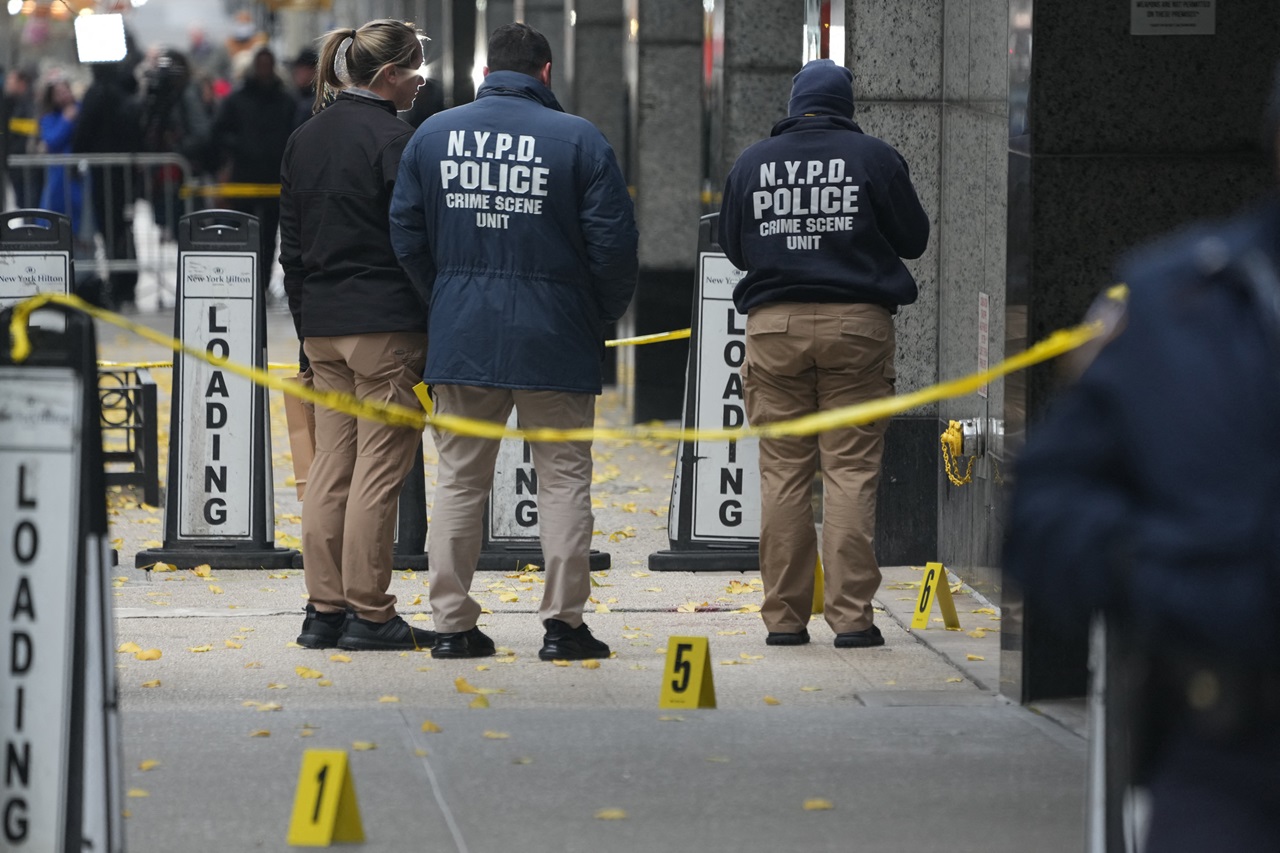
The war on terror 20 years after 9/11
The invasion of Afghanistan was the flagship of a war that took two decades and it is now seen as lost.
The 9/11 attacks changed the geopolitical game of the world and the consequences are still visible 20 years later.
Given the scale of what happened, finding the perpetrators became an immediate priority. Days after the attack, then-President George W. Bush told Congress: "Our war on terror begins with Al-Qaeda, but it does not end there."
"It will not end until every terrorist group of global reach has been found, stopped and defeated," said Bush to an invigorated body and population.
That was the first time "War on Terror" was mentioned, a term to refer to the attack of an invisible enemy, which had the capacity to strike anywhere and inflict massive damage. Al Qaeda, with Osama Bin Laden at its head, was the perpetrator and reason for unleashing one of the largest, most expensive and longest military deployments in history.
In the first years of the 21st century, the war seemed to make sense not only because of the feeling of insecurity left by 9/11, but also because of other acts attributed to Al-Qaeda, such as the Madrid bombings on March 11, 2004, where 193 people died and more than 2,000 were injured, and the London subway bombing on July 7, 2005, which left 56 dead.
According to a Pew Research Center report, in mid-September 2001, 77% of Americans supported military action to find the perpetrators of the attacks, and in 2002, 83% supported military intervention in the Middle East.
While U.S. troops launched the first strikes against Al-Qaeda in Afghanistan in October 2001, one of the major turning points in the War on Terror came a year later when the Bush administration accused Iraq of developing weapons of mass destruction.
RELATED CONTENT
The new narrative to fuel the War on Terror ended in the invasion of Iraq, the fall of Saddam Hussein's regime and his execution in 2006. It also left at least 4,000 U.S. troops dead, and a country that has still not recovered from internal unrest.
It was not until May 2, 2011, that Osama bin Laden, the leader of Al-Qaeda and mastermind of the 9/11 attacks, was found.
He was not found in Afghanistan, but in neighboring Pakistan, where U.S. forces were also deployed.
With Bin Laden's death, Americans were relieved and it was the tipping point for the War on Terror to begin to lose favor.
In 2011, the trend of support and rejection of troops remaining in Afghanistan changed. For the first time in 10 years, more than half (56%) of Americans believed that troops should leave the country, and the figure was increasing year over year.
However, it took another 10 years until Joe Biden made the decision to withdraw from Afghanistan. The withdrawal has cost a huge political price for the president because of the chaos that ensued and the takeover of the government by the Taliban, which left Afghans in almost the same situation as 20 years ago.
These two decades of war and invasions cost $8 trillion for the U.S. and at least 900,000 people lost their lives. Above all, the question that remains is whether it was worth the effort.











LEAVE A COMMENT:
Join the discussion! Leave a comment.